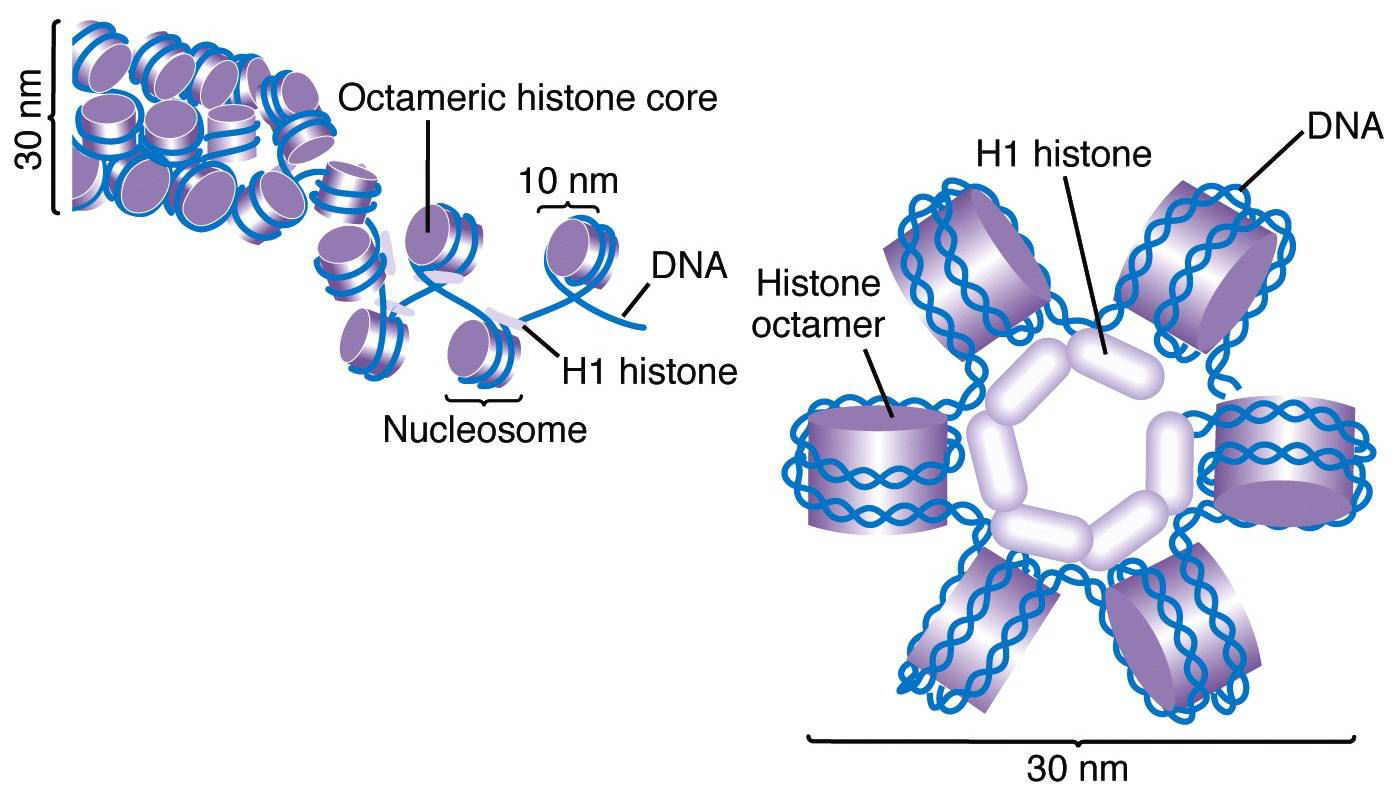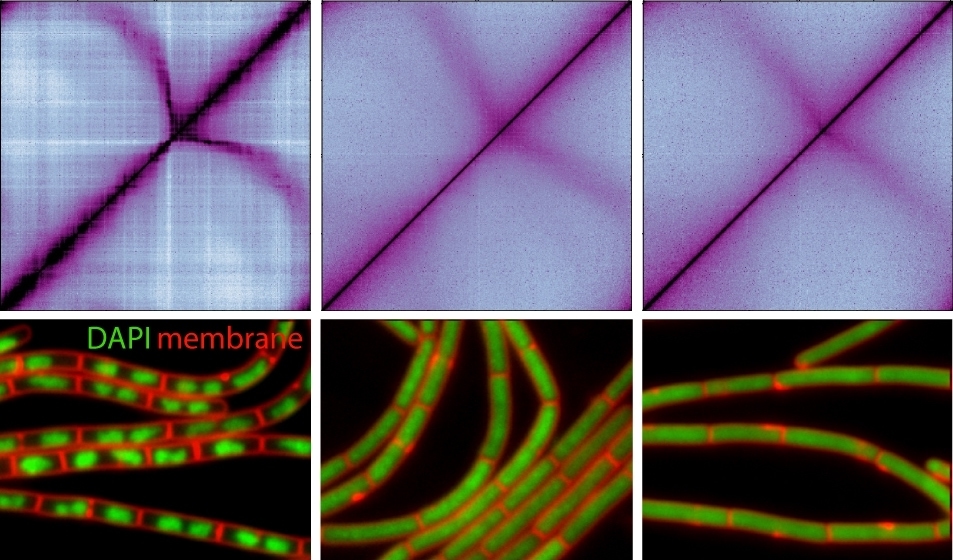

Within minutes, the researchers could see Jell-O-like globs of DNA arrange into ropey rods. Then the scientists took snapshots of the chromosomes at different time points. Some researchers believed that cells twisted their chromosomes into helices, while others thought cells simply stuck with the loops.ĭekker, along with William Earnshaw of the University of Edinburgh’s Wellcome Trust Centre for Cell Biology, Leonid Mirny of the Massachusetts Institute of Technology, and colleagues used a genetic trick to synchronize chicken cells in the lab so that they all began packing their chromosomes simultaneously.

It has also been a matter of fierce debate. “The whole process happens in 10 to 15 minutes,” he says. But, he says, the big question was how cells transitioned from one state to the other and back again – and so quickly, too. And four years ago, Dekker and colleagues reported the structure of tightly packed chromosomes – an array of consecutive loops. Scientists had previously figured out how cells structured these loose, diffuse chromosomes. Then, chromosomes crumple apart again, back into blobs. Cells can easily deliver these condensed, X-shaped nuggets to their daughters, Dekker says. But during mitosis, when our cells prepare to split in two and hand over genetic material to daughter cells, chromosomes coil up, cramming roughly six feet of DNA into microscopic packages. The diffuse strands look like little blobs, says Dekker, a biochemist at the University of Massachusetts Medical School. Most of the time, our cells’ chromosomes are strung out in the nucleus like an unraveled skein of yarn. The new work solves a biological mystery that dates back more than a century, Dekker says, when scientists first spied chromosomes under the microscope. If packing goes awry, chromosomes can break and end up in the wrong place – a hallmark of cancer. “This is the most fundamental process of genetics,” says study coauthor and Howard Hughes Medical Institute (HHMI) Investigator Job Dekker. Cells reel chromosomes into loops, and then wind the loops into spiral staircase structures, Howard Hughes Medical Institute researchers report January 18, 2018, in the journal Science. The Journal of Cell Biology Rockefeller University Press A new step-by-step account spells out in minute-time resolution how cells rapidly pack long tangles of chromosomes into the tiny, tightly wound bundles needed for cell division. ScII might thus play a role in mitotic processes such as chromosome condensation or sister chromatid disjunction, both of which have been previously shown to involve topoisomerase II. However, ScII appears not to be associated with the interphase nuclear matrix. ScII is a mitosis-specific scaffold protein that colocalizes with topoisomerase II in mitotic chromosomes. Analysis of the ScII B site predicted that ScII might use ATP by a mechanism similar to the bacterial recN DNA repair and recombination enzyme. ScII and the other members of the emerging family of SMC1-like proteins are likely to be novel ATPases, with NTP-binding A and B sites separated by two lengthy regions predicted to form an alpha-helical coiled-coil. ScII is structurally related to a protein, Smc1p, previously found to be required for accurate chromosome segregation in Saccharomyces cerevisiae. Here, we describe the cloning and characterization of ScII, the second most abundant protein after topoisomerase II, of the chromosome scaffold fraction to be identified. Saitoh, N Goldberg, I G Wood, E R Earnshaw, W C ScII: an abundant chromosome scaffold protein is a member of a family of putative ATPases with an. ScII: an abundant chromosome scaffold protein is a member of a family of putative ATPases with an unusual predicted tertiary structure.


 0 kommentar(er)
0 kommentar(er)
